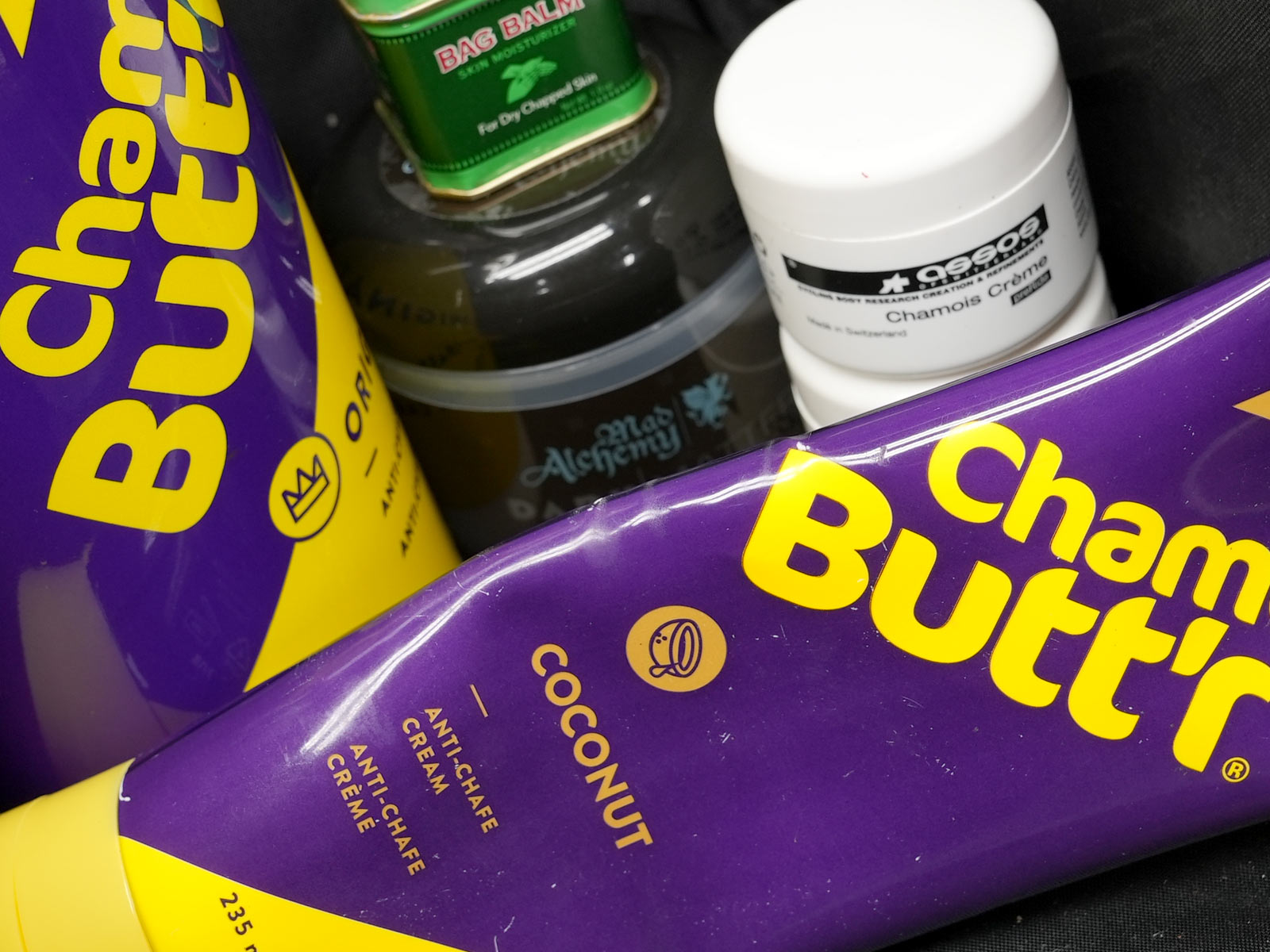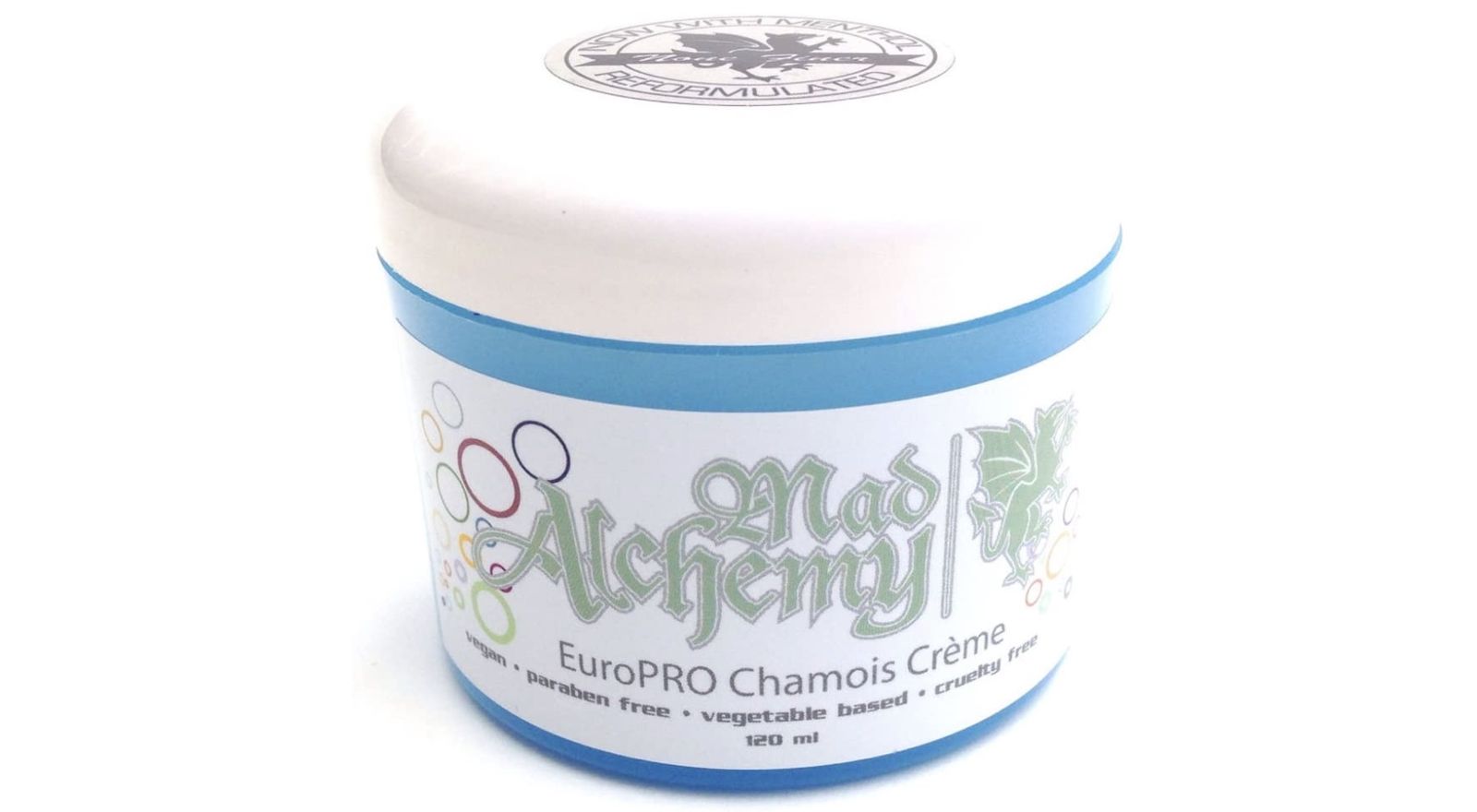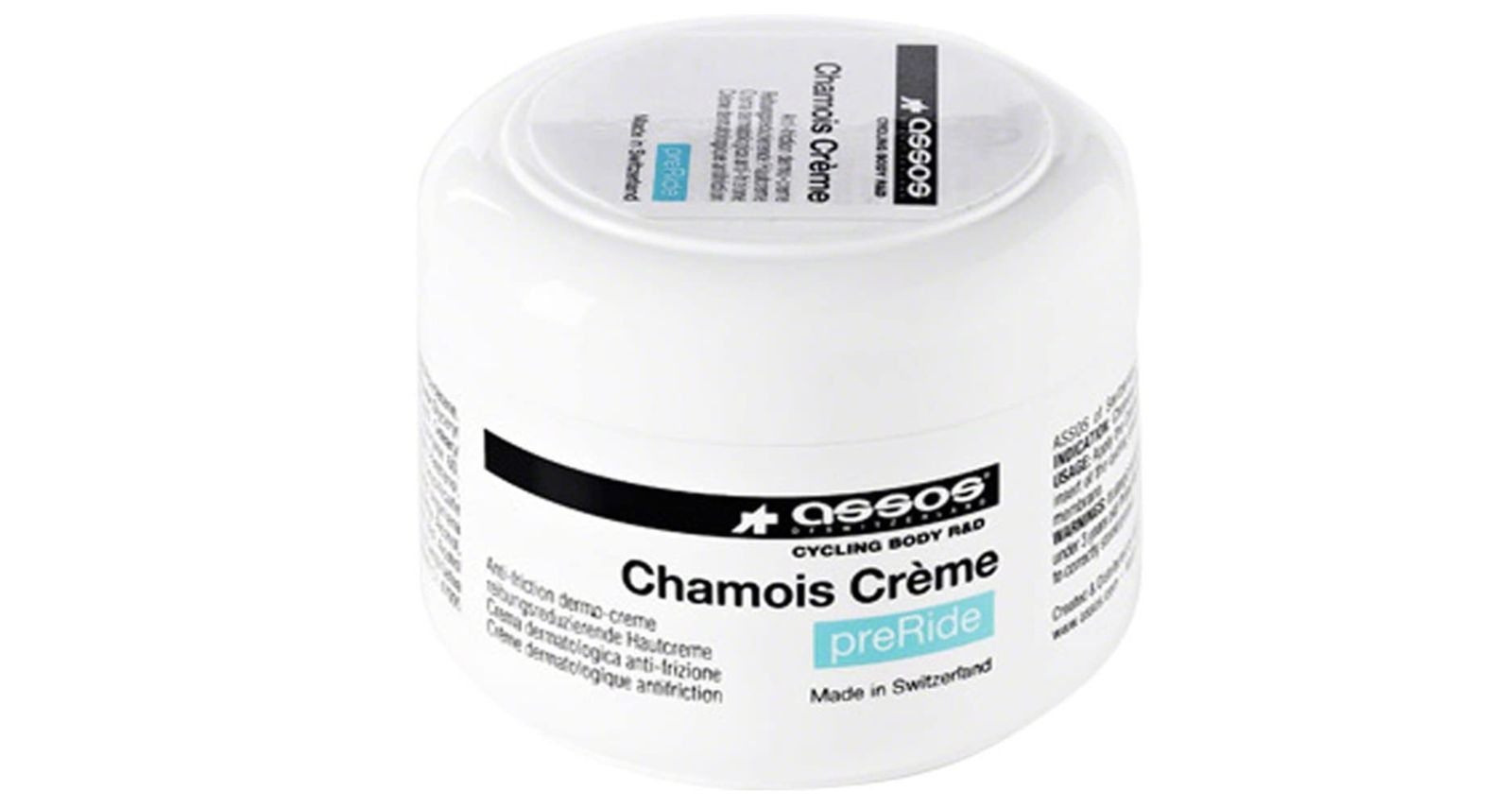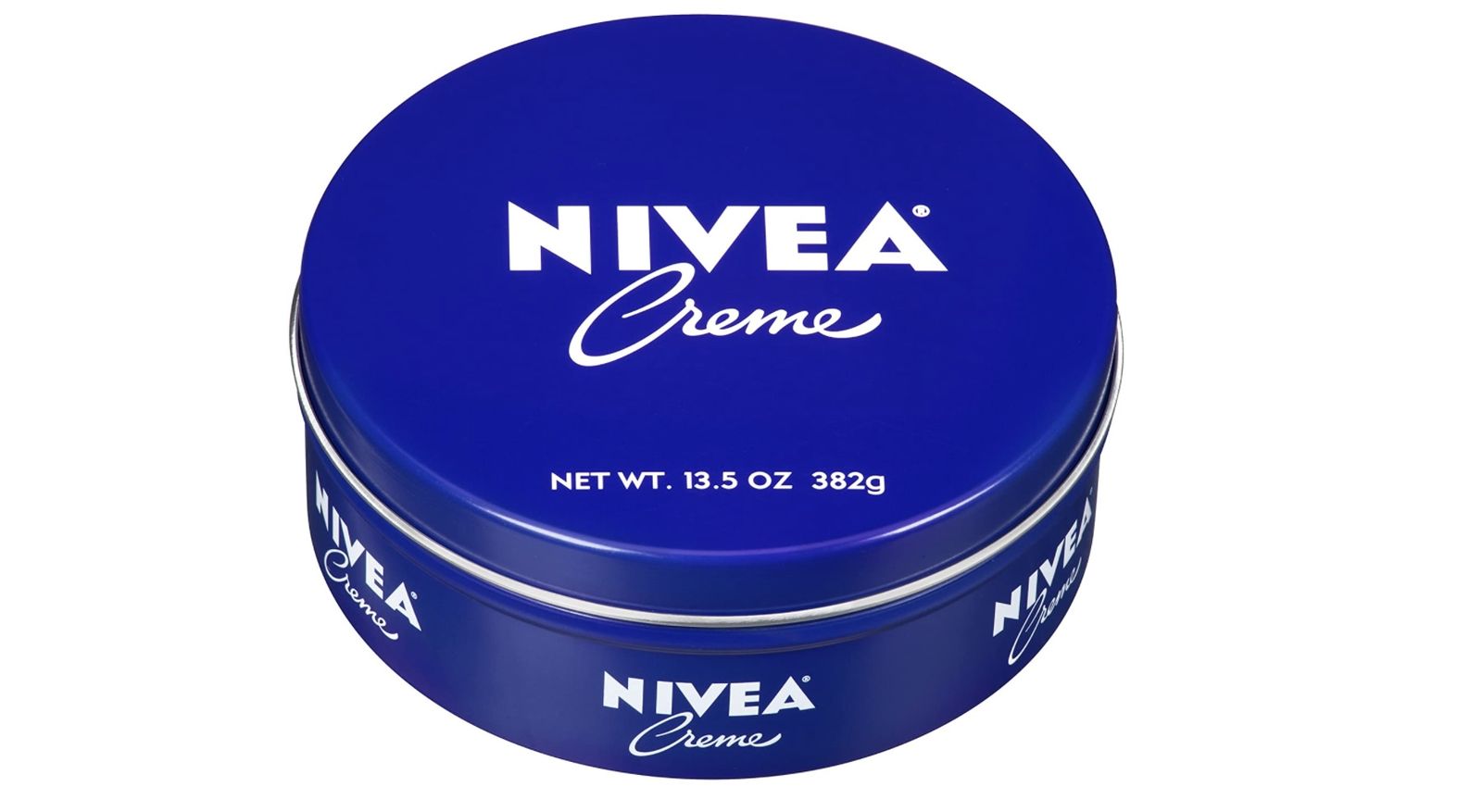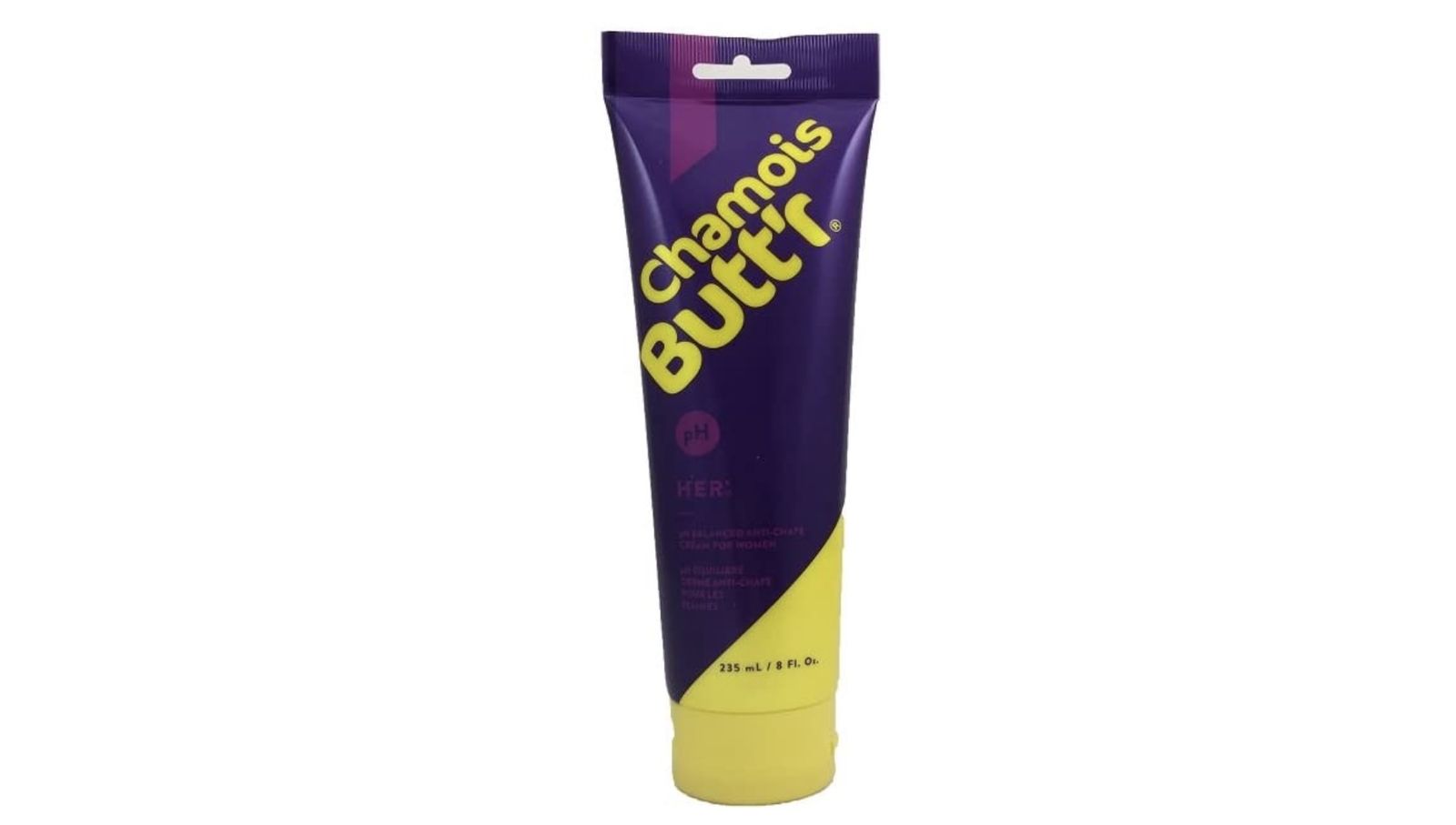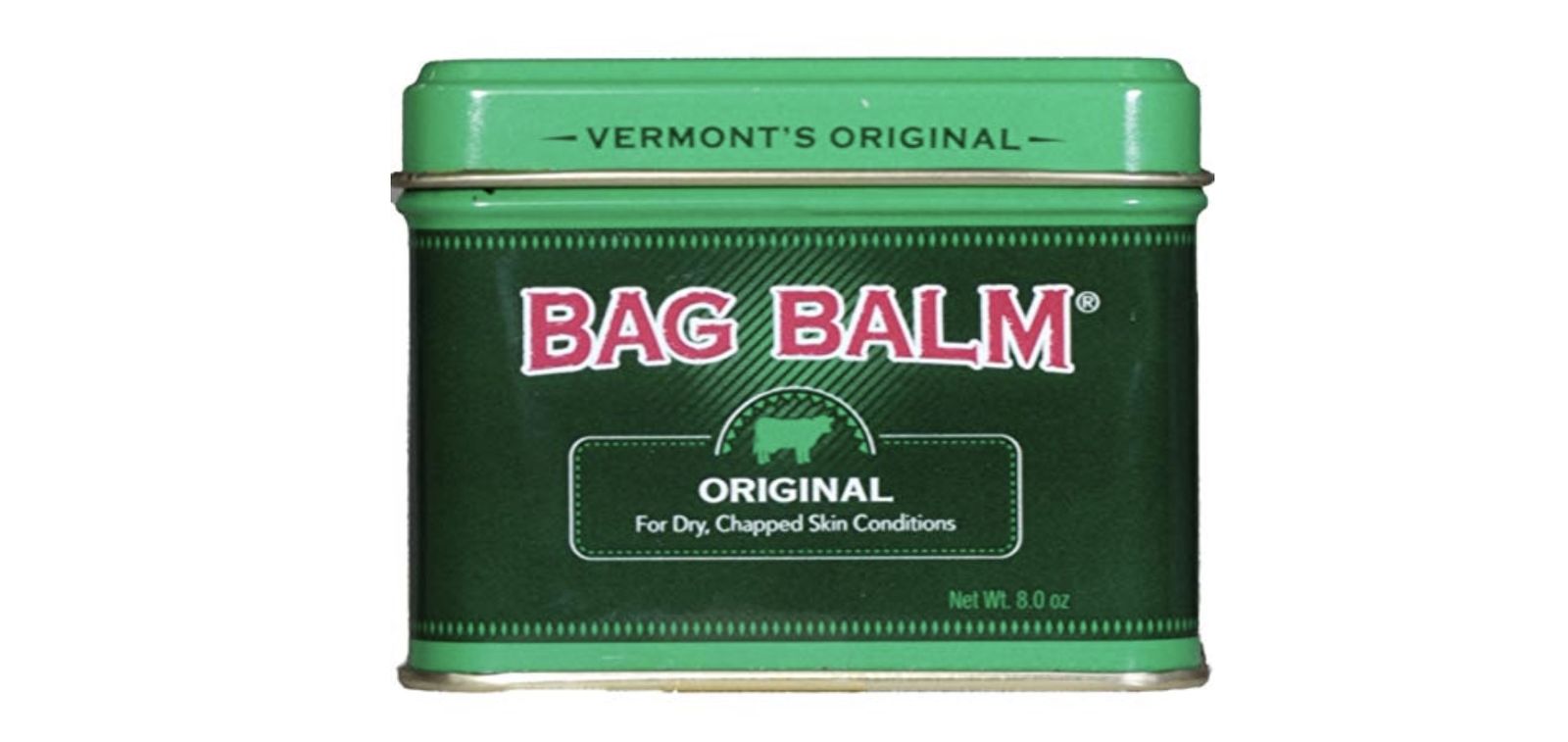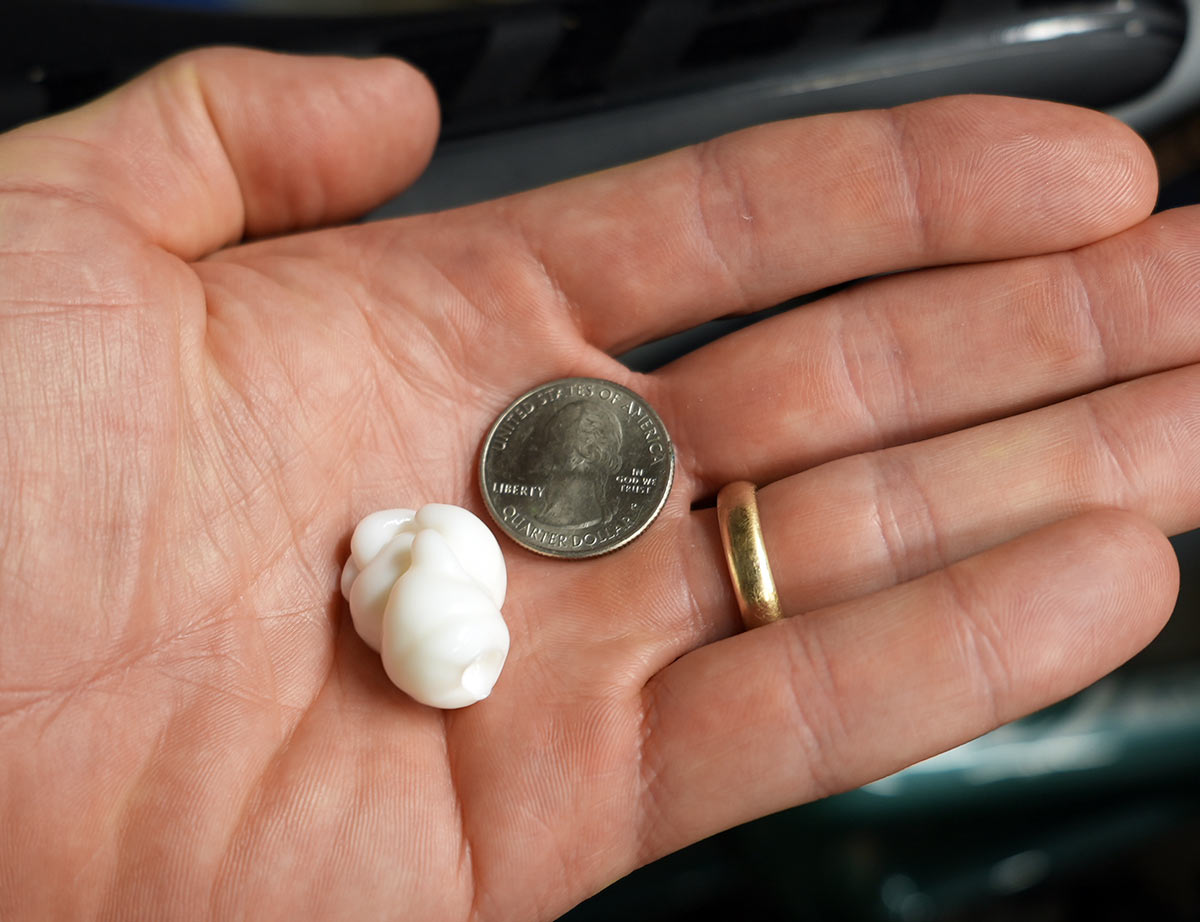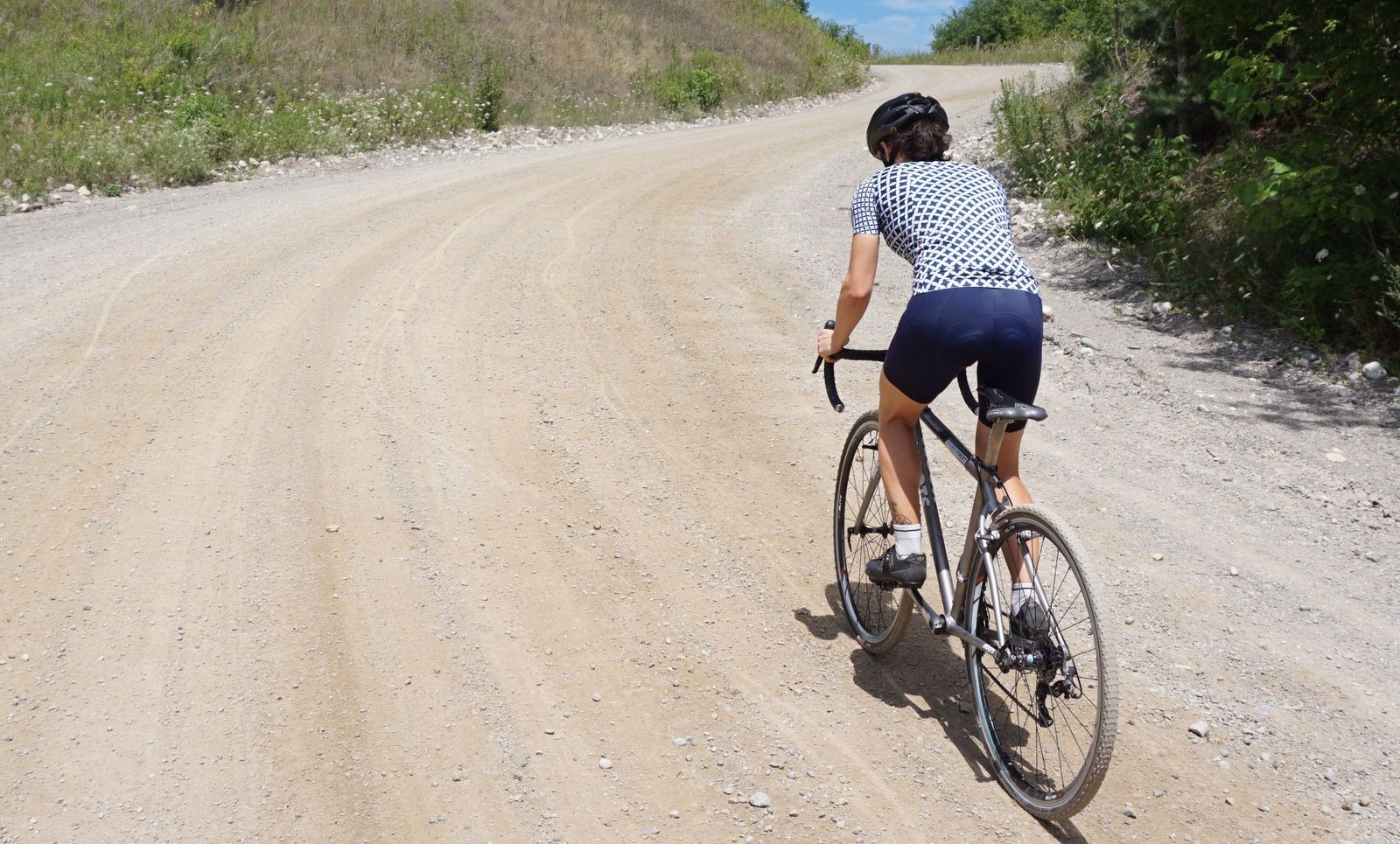If you’re new to cycling, or even if you’ve been riding for years and just dealing with the discomfort that can come from long hours in the saddle, finding the right chamois cream can change your riding comfort level.
Chamois cream is a lotion-like balm that’s applied to your upper thighs and more “sensitive areas” to help avoid friction and chafing between your skin, padded shorts, and saddle. Not only does it improve riding comfort, it can even help keep your undercarriage cleaner, moisturized, and less prone to saddle sores.
Here are our favorite chamois creams, lotions, and potions for everything from short races to all-day long rides. Keep scrolling for tips on how to apply it, how much is too much, and how to choose the right one for your ride…
BEST OVERALL: Chamois Butt’r Coconut
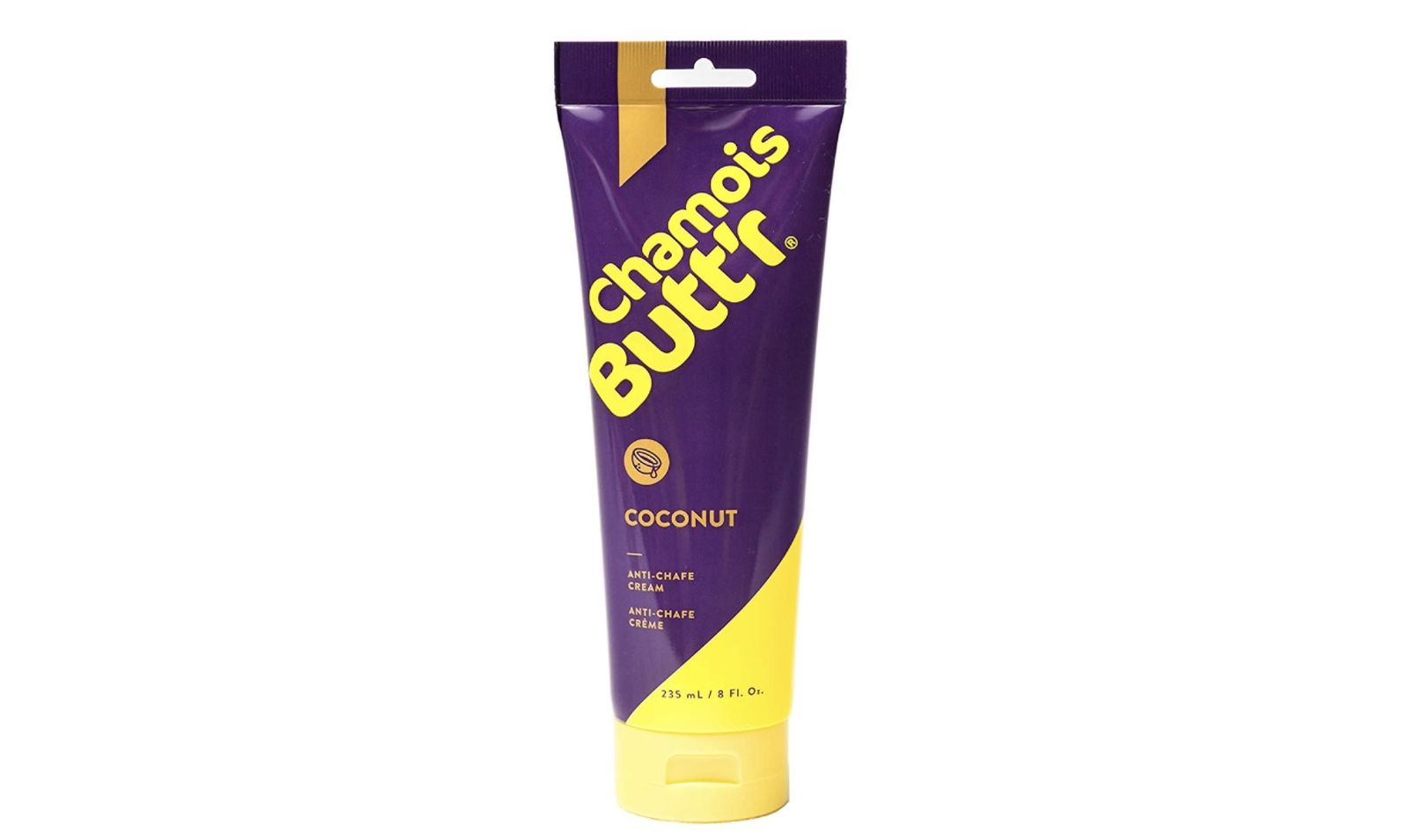
Chamois Butt’r was one of the first major chamois cream brands to hit the market in the US. And while we like their basic formula, their Chamois Butt’r Coconut is our overall favorite. In addition to the standard ingredients designed to prevent chafe and provide some antiseptic properties to soothe already inflamed skin, this formula adds coconut oil and shea butter to add more moisture while reducing friction even further.
We appreciate that it easily washes out of kit after even the gnarliest of rides, and it really does make skin feel more supple after use. It even works great as an all-over lotion in a pinch. So, if you’re prone to dry skin or riding in wintery climates where windburn is a factor, this chamois cream may protect your skin better than other options.
- Volume: 8 ounces
- MSRP: $18
- Price per ounce: $2.25
PROS: Great for moisturizer, lasts long but washes out easily
CONS: Oily skin types may find it clogs pores more than the traditional formula
BEST EURO-STYLE: Mad Alchemy EuroPRO Chamois Creme
The Mad Alchemy EuroPRO Chamois crème is a “Euro style” option, which simply means that it comes in a jar and is thinner, more watery (think lotion, not cream) compared others. The vegetable-based formula also contains essential oils and Alpine-based herbs to help avoid dreaded infections from saddle sores.
We love the ease of application—though you do have to dip fingers in the jar, so make sure your hands are clean!—and the cool, silky feeling after applying it. However, the cool feeling comes from menthol, so those with sensitive skin may want to skip this formula, or at least patch test it somewhere less sensitive before applying it!
It’s surprisingly long-lasting for such a thin cream, and has gotten Bikerumor staffers through hours-long rides in—you guessed it—European mountains. (We also like their Dark Matter chamois cream, which adds activated charcoal to help purify skin…and don’t worry, it won’t stain, but it’s definitely best for dark bike shorts)
- Volume: 4 ounces
- MSRP: $21
- Price per ounce: $5.25
PROS: Easy to apply, feels cool going on
CONS: Contains menthol
BEST TINGLE: Assos Cycling Chamois Cream
The Assos chamois cream is one of our favorites for top-notch tingly feeling, assuming you’re excited about that. (Some riders love it, some are a little concerned when their nether regions tingle!) In all seriousness though, the addition of menthol gives you a great cool feeling to start, which is fantastic for hot summer rides. Compared to Mad Alchemy’s, this one is a thicker cream and seems to last longer.
We also love how the essential oils seem to make our chamois more supple, yet wash out cleanly. And the witch hazel and oak bark extract serve as helpful in-ride cleansers, keeping your skin well-protected even in the sweatiest of conditions. Like the other options with menthol, those with sensitive skin should patch test before use.
- Volume: 4.7 ounces
- MSRP: $28
- Price per ounce: $5.96
PROS: Great tingly feeling, perfect consistency
CONS: Contains menthol, pricey
BEST BUDGET: Nivea Moisturizing Balm
Nivea cream was one of the classic options used by cyclists before specifically-designed chamois creams hit the market, and for good reason. Though it might be a bit thicker than other options available, it works well to prevent friction and chafe on long rides or in short, hard racing situations.
The other benefit to using Nivea is that it’s easy to find in any drugstore or even grocery store, making it ideal for riders in a pinch. Plus, if you’re on the road bikepacking, you can use it to soothe dry, cracked skin on other body parts as well!
- Volume: 13.5 ounces
- MSRP: $7
- Price per ounce: $0.52
PROS: Inexpensive and can get it anywhere
CONS: Not long lasting like the others, fragrance may irritate sensitive skin
BEST WOMEN’S CHAMOIS CREAM: Chamois Butt’r Her
As with most things in cycling, you don’t need a women-specific chamois cream. But Bikerumor staffers love this one, thanks to the essential oils and extracts that have been added. Chamois Butt’r Her’ has the basic Chamois Butt’r formula, but adds soothing aloe vera, and cleansing green tea leaf extract plus tea tree oil, with shea butter for added moisturizer, and lavender oil to soothe skin (and smell nice!).
Fortunately, that pleasant smell comes only from essential oils; the formula contains no artificial fragrances or colors, and it’s PH-balanced for women’s skin. Because Chamois Butt’r products are paraben- and petroleum-free, they easily wash out of your chamois.
- Volume: 8 ounces
- MSRP: $18
- Price per ounce: $2.25
PROS: Smells fantastic, PH balanced for women’s skin
CONS: Tea tree oil may irritate sensitive skin
BEST TRIATHLETE-FRIENDLY: Body Glide Original Anti-Chafe Balm
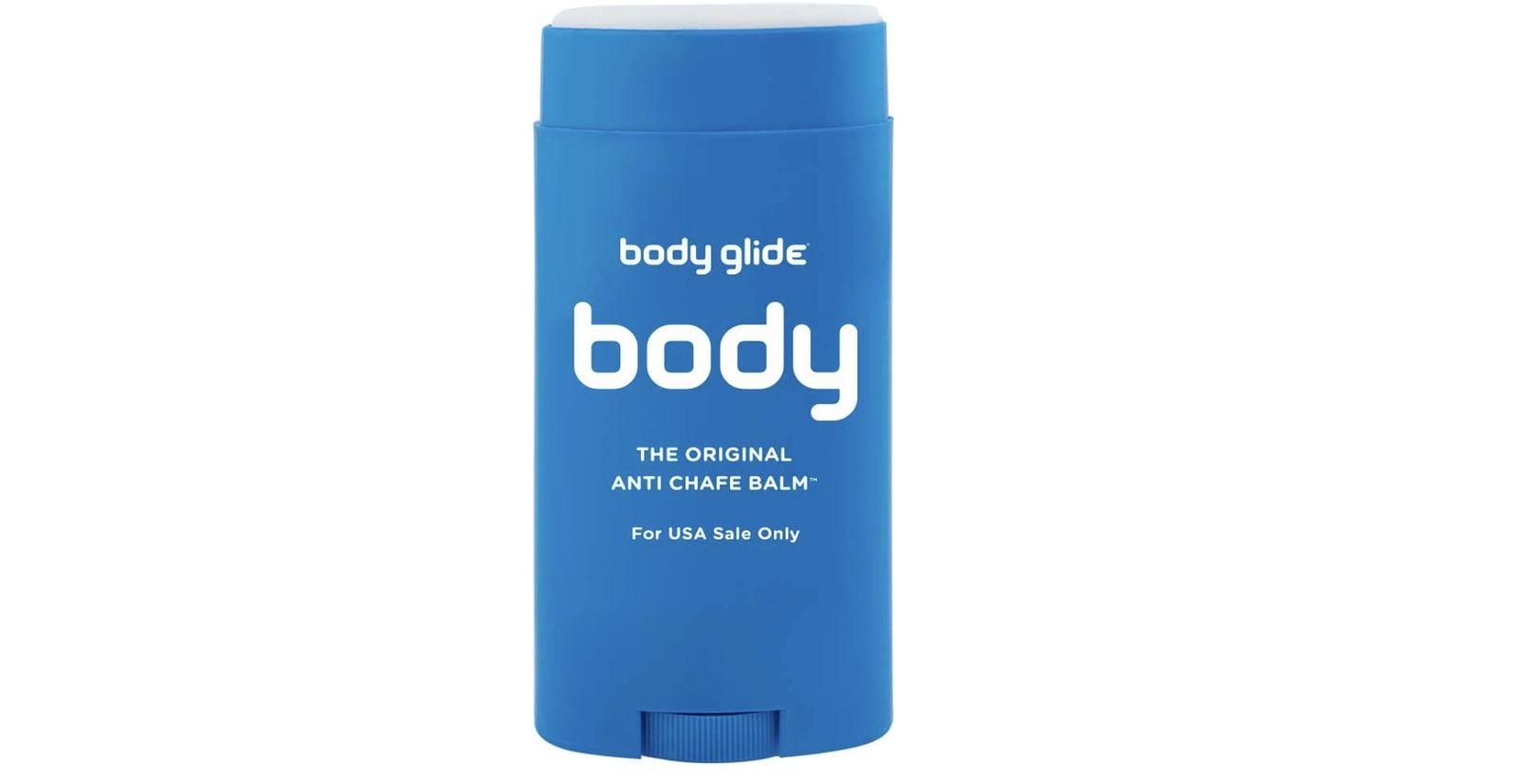
If you have sensitive skin that can’t handle essential oils or menthols, or you’re a triathlete who’s worried about more than just chafing in your nether regions (because, wetsuits!), try Body Glide. You can use it on inner thighs, between your upper thigh and butt, and on underarms… or wherever else you may have a chafing situation.
Because it’s breathable, made with allergen free, plant-derived ingredients, and contains no essential oils, petroleum, lanolin or mineral oils, it will work for almost every skin type. And because it goes on as more of a wax than a cream, it stays on longer. It won’t be quite as effective as a chamois cream will be in your saddle area, but it’s a less messy alternative. And it’s easy to travel with.
- Volume: 2.5 ounces
- MSRP: $14
- Price per ounce: $5.60
PROS: Great for inner thigh chafe (plus underarms for triathletes)
CONS: Not as good for traditional “chamois friction spots”
BEST ULTRA-ENDURANCE: Bag Balm
Bag Balm was one of the earliest chamois creams used by cyclists, but it actually goes back much longer than that: It was developed in 1899 for dairy cows to prevent chapping on their udders. Yep, that’s right: Bag Balm is farm equipment that cyclists have been using to keep friction low on long rides.
If you’re doing an ultra-endurance event, this one will last all day long. The trick is to apply it thick, and directly to your skin. You can then apply any of the other creams here directly to your short’s padding for a slicker feeling.
There is a major caveat though: Bag Balm’s benefits and the reason it is so long-lasting while you’re riding is because it’s petroleum-based. And in the long term, for both your skin and your cycling shorts, that’s not a good thing. If you’re attempting something like the Leadville 100 or the 200-mile Unbound race, it makes sense, but for everyday riding, stick with something lighter. (For more on the problem with petroleum, check out our FAQ section below.)
- Volume: 8 ounces
- MSRP: $13
- Price per ounce: $1.63
PROS: Lasts all day long, through sweat, rain & hundreds of miles
CONS: Contains petroleum
Chamois Cream Buyer’s Guide
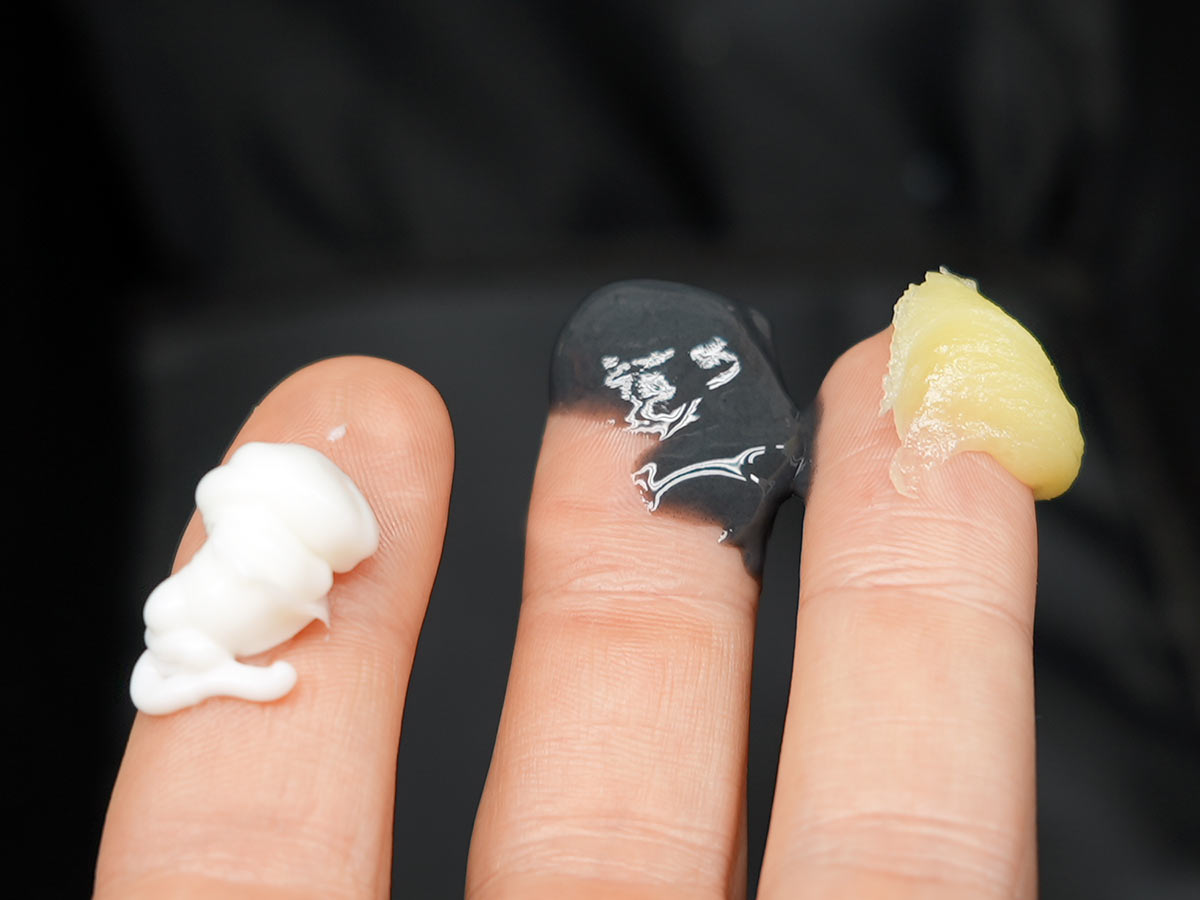
You may need to try a few different chamois creams before you find the one that works best for you, both in terms of application and in-ride comfort. Here’s what to consider:
Application style: Some people prefer a jar of chamois cream to dip fingers in, others are more squeamish and prefer a squeeze tube to apply to the chamois or directly to the skin. Jar-based options tend to be a bit more watery, which some people like, while tube options are generally a bit thicker.
Just keep in mind that you won’t want to double dip your fingers into the jar, and sharing with a friend can be kinda weird…tubes are better for that.
Points of friction: If you have general chafing in and around your upper thigh and butt area, regular chamois cream is ideal. But if you are a triathlete with chafe spots all over, a stick-based option might be best for you.
Skin sensitivity: If you have skin that’s prone to rashes, redness or hives, you will want to skip any chamois creams that promise a tingling sensation. While tea tree oil and menthol can be refreshing and even helpful ingredients for some, for those with sensitive skin, they can be irritants. You may also want to look for unscented options.
Price: Even the priciest chamois creams end up being extremely cost-effective on a per-use basis if you use the appropriate amount, so we don’t recommend buying based solely on price. A tube of Chamois Butt’r can easily last for several months if used properly.
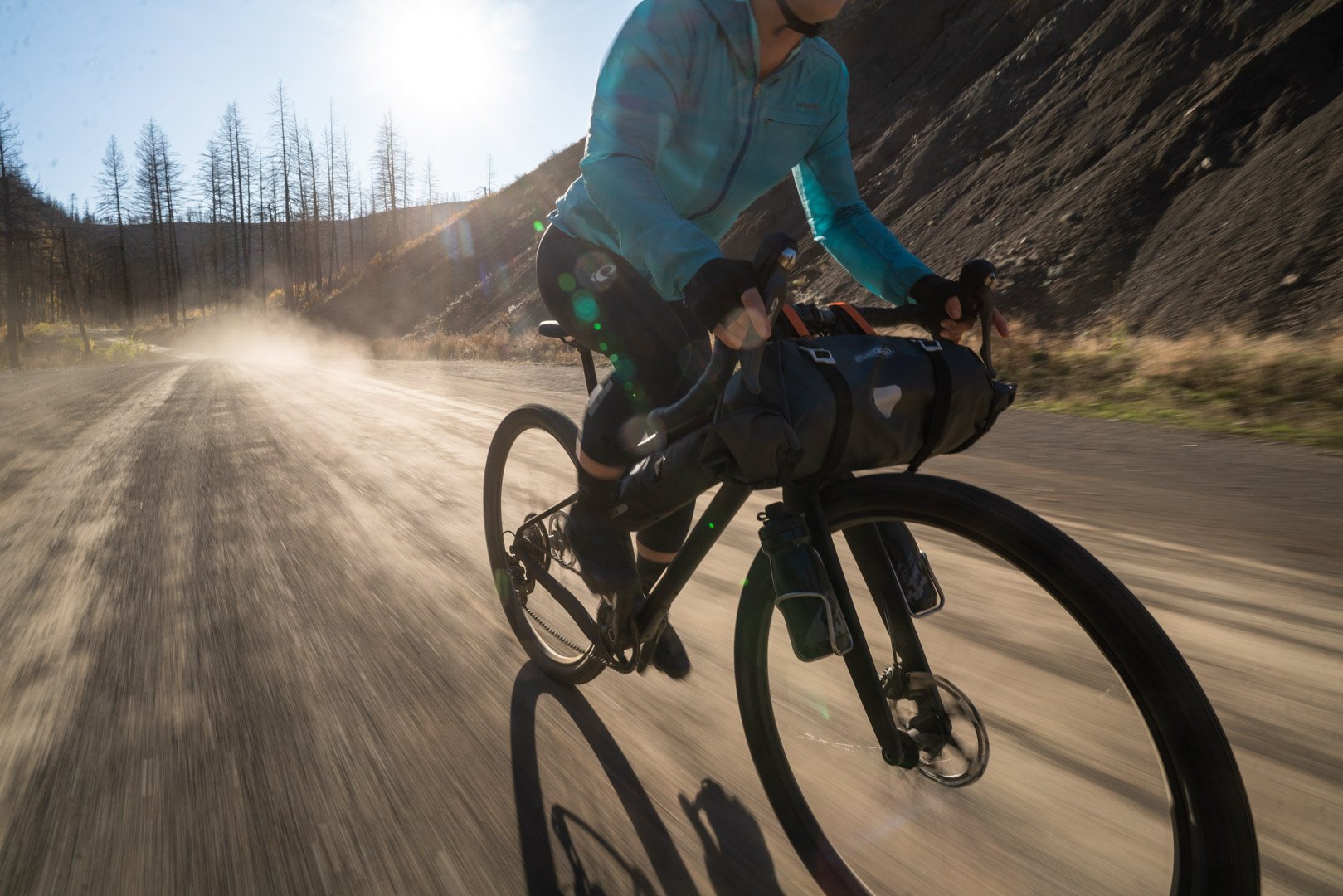
Frequently Asked Questions About Chamois Cream
Do you need chamois cream?
Technically, no, but that’s like asking if you need padded bike shorts. Both are pretty darn helpful when you’re doing big hours on the bike, especially if you’re riding long for several days at a time. Chamois cream fights friction between your skin and your shorts/saddle, and can make you more comfortable and less likely to end up with saddle sores or chafing.
Quick history lesson: Before we invented padding, bike shorts used to have an actual leather chamois in them. It was meant as a sliding layer between our skin and the saddle, the goal to prevent chafing. But, that material (much like a chamois used to dry your car) gets hard and rough when it dries out, so a true chamois cream was used to condition and soften the material and prevent it from chafing your skin.
Fast forward to today’s high tech, multi-density, foam and gel padding in bike shorts, and we still use chamois creams. Why? Because no matter how good or expensive the material, if you ride long enough, you’ll want something to prevent it from rubbing your skin raw.
Is there a time I shouldn’t use chamois cream?
Generally speaking, if you need to apply chamois cream for even short rides in order to be comfortable, you may need to rethink your shorts, your saddle, or your bike fit. You shouldn’t need chamois cream for rides under 60-90 minutes. So if you’re using it even on your spins around town, it’s time to consider changing something to make your ride more comfortable without lubrication. (Need a new chamois? We have a list of the best women’s bib shorts right here.)
How do you use chamois cream?
Chamois cream is applied to areas that tend to have friction. Think about where your inner thighs hit the saddle, or where your butt and upper thigh meet. For men, there may be more sensitive chafing spots in and around your groin area.
To properly apply chamois cream, it’s highly recommended that you use your fingers to apply the cream directly to your skin in the areas that chafe, rather than splashing the cream onto your bib shorts before pulling them on.
The more targeted approach uses less chamois cream and ensures that it’s in places it should be. Then we just wipe any excess off our hands onto the chamois!
How much chamois cream should I use?
A quarter sized amount is plenty for one application.
Do I really put it… “there”?
Most chamois creams, especially those with essential oils like tea tree or lavender, will advise that you avoid direct contact with “sensitive intimate areas.” That’s another reason you may want to apply chamois cream directly to the skin rather than putting it on your shorts: You can ensure that those sensitive areas don’t end up with a tingle that feels great on skin, but burns on sensitive tissue.
How often should you reapply chamois cream?
It depends on your ride and your skin, and which cream you’re using. Some riders will need to put more on after a couple of hours, especially if it’s rainy out or you’re sweating profusely. Others can last for 10+ hours without needing to reapply.
But if you’re a regular reapplier, don’t think you can just use a lot at first and it’ll last longer. You still should only use a quarter-sized amount at a time. More is not always better, but maybe a different, thicker cream will work better for you.
How do you carry chamois cream to reapply?
If you’re bikepacking or out all day and know you’ll need to reapply, use a travel-sized spillproof makeup container like this one to carry a small amount with you so you can reapply as needed.
Are there any ingredients I should avoid?
Avoid petroleum products: These can wreck your chamois by interfering with the antimicrobial properties, and petroleum-based creams on your kit can be difficult to remove. They can also spread and wreck a load of laundry. In fact, some kit manufacturers who typically offer a clothing warranty will void the warranty if you use petroleum-based creams.
If you have sensitive skin, steer clear of essential oils unless you know that your body tolerates them. Before using a new chamois cream, we recommend doing an allergy test. Use a small amount of the chamois cream on your hand or inner elbow at least 24 hours before using the chamois cream as intended, since some people can react to certain essential oils or other chemicals.
Does diaper cream work?
Think of diaper cream as your post-ride best friend, but generally, not as something that will help you during your ride. It can soothe irritated skin if you do end up with chafing or heat rash, but because it actually contains drying agents—to soothe a wet baby bum—you may find that using it on the bike actually causes more friction after a while, not less.
What do I do if I have a saddle sore?
Saddle sores are an unfortunate side effect of lots of riding. They’re similar to an ingrown hair or a painful pimple, caused by a combination of friction from riding and bacteria growing in that warm, moist environment. If you end up with one, take a day off the bike and let that area breathe! Keep the spot clean and dry, washing gently with a sensitive skin soap, and applying an antibiotic ointment if it opens up. If the saddle sore still hurts, is red, or you develop a fever after a few days, see a doctor: There’s a chance it’s infected.
How long does chamois cream last?
Most chamois creams are pretty good for up to two to three hours, but after that they start to break down. On really sweaty days, sometimes they can simply get washed out from all of the sweat and won’t last as long. The same goes for rainy rides, and that’s where something thicker or more ointment-like is beneficial.
Have more questions? Leave a comment and we’ll do our best to answer them!
